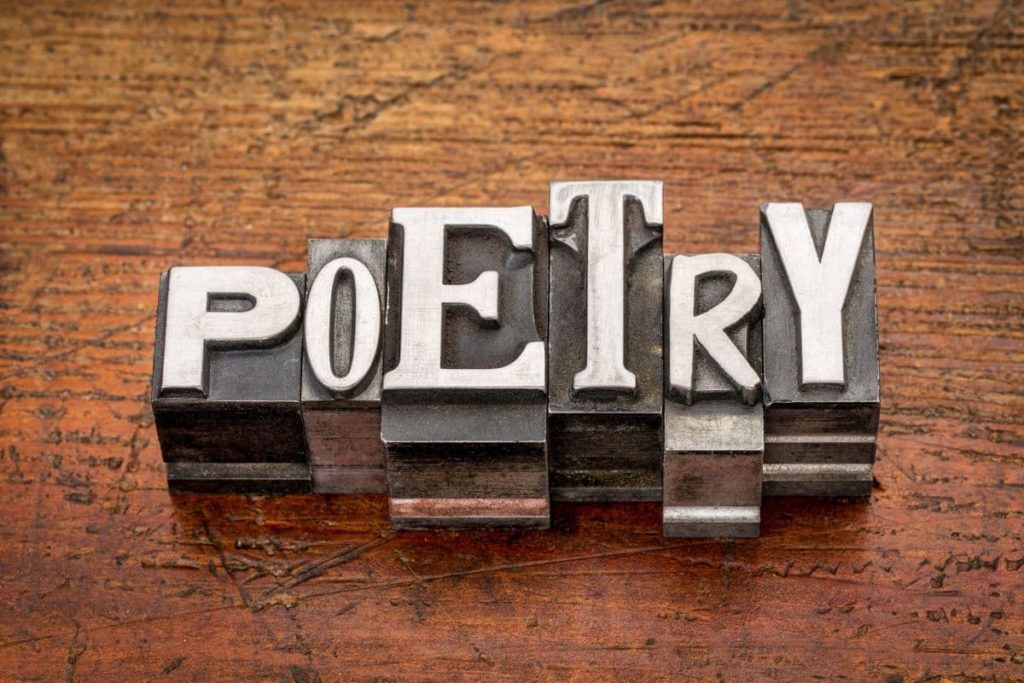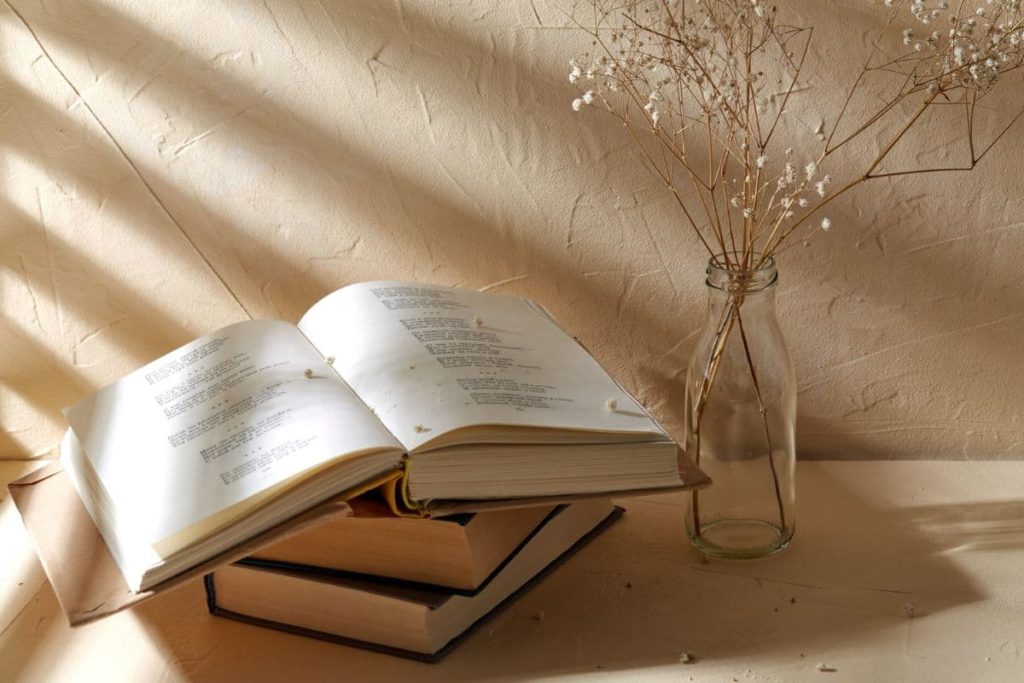Poetry, particularly the modern movement towards free-verse, is open to interpretation and easily molded by the poet. Where do we draw the line? Is there anything that isn’t poetry?
Anything is not poetry when it doesn’t have particular structural rules, and it doesn’t adhere to formalized poetry guidelines. While stories can evoke emotions, if they aren’t written in a set structure, it is not poetry.
In this article, we’ll explore the definition of poetry, what is and isn’t considered poetry, and all of the grey areas of the art of writing that could be argued either way.

Writing That Is Not Poetry
One could argue that you can classify just about anything as poetry, from a haiku to a discarded sushi tray on a street corner, but this isn’t actually the case. Even poetry that defies the standard format and rules historically used in poetry still follows specific rules.
There are always exceptions, but they only extend so far.
Using what we know about poetry’s structural and conceptual values, we can say that the boundaries between poetry and other forms of writing are often quite clear. For example, you’d never mistake an essay for a poem because the structure, writing style, and purpose are entirely different.
There are four main writing styles, and getting acquainted with them might help you to distinguish between poetry and other forms of writing.
The Difference Between Poetry and Prose
The main form of writing people confuse poetry with is prose, which encapsulates most other forms of writing. This article focuses on those with a creative purpose. For example, both Grimm’s Fairy Tales and Hidden Figures are prose.
You may think that biographies and essays are not poetry, and you’d be right. However, in fiction and fantasy prose, the lines become blurred.
Old letters with a creative flair, a play monologue, or the disjointed thoughts of a character in a book can read like poetry. Even some forms of poetry can read like prose. For example, epic poems like Homer’s Odyssey look similar to a play.
The most apparent difference between poetry and prose is structure. Prose is organized more naturally and represents on paper the way people speak in real life. It’s organized into dynamic structures that mimic human behavior and speech.
Poetry is organized into syllables, lines, and stanzas to optimize rhythm rather than mimic what people actually sound like. Structurally, prose has no word limits, whereas poetry does.
Prose is far stricter with following grammatical rules, whereas poets can compromise on grammatical correctness. Additionally, poetry is more cryptic and takes a deeper understanding of concepts, whereas prose is frequently transparent with its meaning.
The final difference is that prose isn’t always used creatively, whereas poetry is.
You can read a book about aliens and another about a famous athlete, but you’ll never read a poem that’s plainly about how to cook spaghetti bolognaise. You can view some basic examples of prose in its different forms on the Literary Devices blog.
Prose Poetry
To make matters even more blurry, there is a modern hybrid between the two forms called prose poetry.
This is nothing more than regular prose written with the personality and artistic and lyrical flair of a poem. From this definition, we can surmise that it’s getting harder and harder to distinguish between non-poetic and poetic forms.
If you’re confused by this definition, you can look at some examples of prose poetry in this Masterclass and develop a deeper understanding of the technical aspects of this written form.
What Is Poetry?
Poetry is a written arrangement of sound, rhythm, and meaning that evokes an emotion or tells a story. Sometimes poetry is more descriptive, allowing the reader to vividly imagine scenes and scenarios. It’s an immersive artistic experience built entirely out of language.

Many people think poetry is pretentious and inaccessible, but this is because they only know the dated versions of poetry. Today, however, poetry is so much more than that. We are constantly redefining the rules and purpose of poetry, as we are with every other artform.
Poetry isn’t rigid. That said, poetry still has specific rules or core values that allow it to fit the description of poetry.
If you’re interested in writing poetry but don’t know where to start, the Grammarly Blog has a step-by-step guide on how to write a poem and the essential concepts involved.
Rules of Poetry
Poetry consists of a number of rules that can be altered to fit the poet’s message. The key is that every rule has a purpose, so every time a poet breaks a rule, it must have a purpose.
Some of the most essential features of poetry are:
- Rhyme: poems don’t have to rhyme, but rhyme has always been a huge indicator that something is a poem and helps to create and keep rhythm.
- Rhythm and meter: The tempo and pace of a poem depend on the rhythm and meter a poet has created using mainly syllables.
- Syllables: Syllables are essential in poetry, as they control the rhythm and meter and have a massive influence on form.
- Form: There are many different poetic structures, each specifying how many syllables in a line, how many lines in a stanza, and so on.
- Symbolism: Using metaphors and symbolic imagery to convey a message, e.g., roses are often used to represent beauty and fragility.
- Wordplay: Poetry uses metaphors, alliteration, and other forms of wordplay to create meaning and imagery in a reader’s mind, which elevates it past language and up to a concept.
These rules are flexible, and poets are constantly finding new ways to break them in a way that contributes to their message or makes a statement. However, changing the rhythm, writing style, and other core values entirely means your writing may no longer be poetry.
Values that can be bent are rhyme and length.
Poetry frequently doesn’t rhyme, and free-verse poetry allows poems to have no specific number of lines per stanza. However, it’s vital that the poet makes these decisions consciously and for a reason.
There are dozens of literary devices that poetry uses to send a message. Check out this HowStuffWorks article if you want to know what they all are.
Conclusion
In the past, poetry had very rigid structural and conceptual conventions. Today, it’s easy to determine what’s a poem and what isn’t, but some written work makes us question what we know about poetry.
Our definitions of poetry have changed so drastically over the past 100 years. Who’s to say how they’ll look a century from now?

